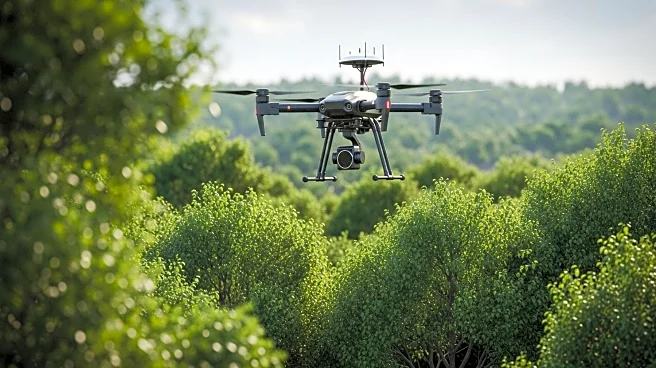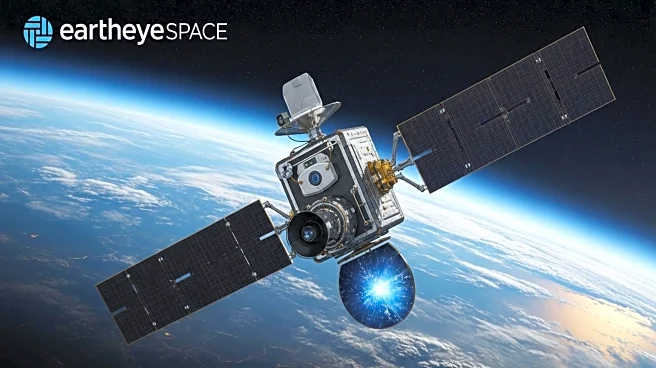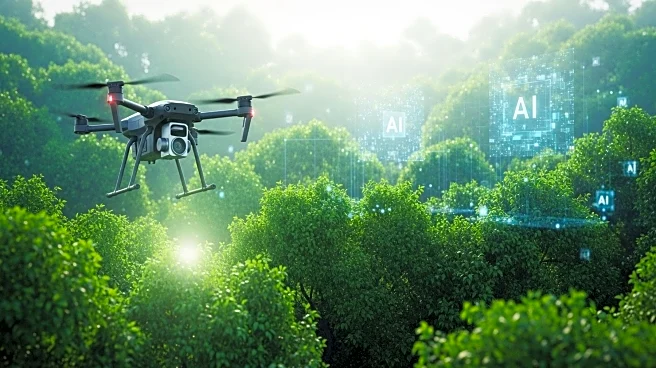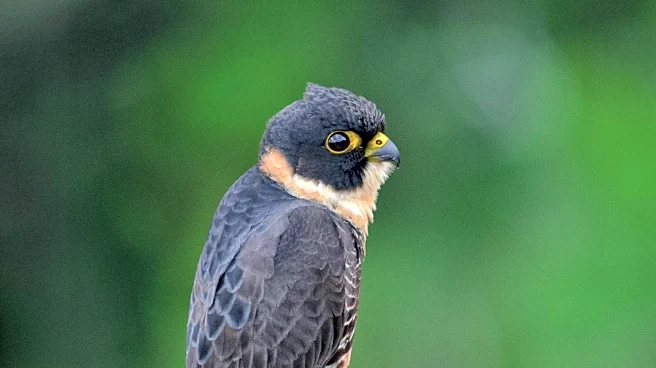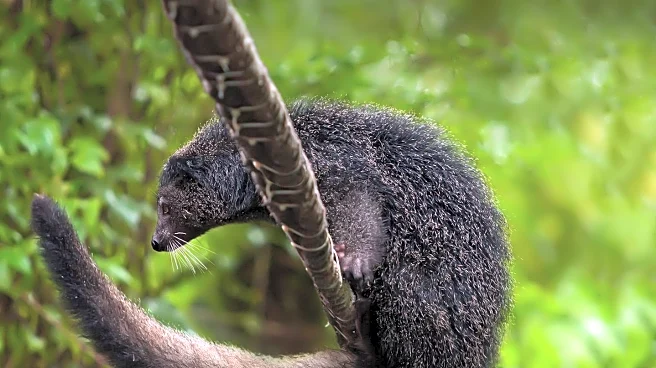What is the story about?
What's Happening?
In Colombia, the combination of drone-collected data and machine learning is transforming biodiversity monitoring, helping to describe tens of thousands of species, including 200 new to science. This approach involves using drones to collect environmental DNA (eDNA) and advanced sequencing technologies to identify species that often elude human observation. The Swiss Federal Institute for Forest, Snow and Landscape Research is among the teams deploying these technologies to map insect life across various vegetation types. These efforts are part of a broader movement to catalog Earth's estimated 8 million species, many of which remain unnamed and unstudied.
Why It's Important?
The use of AI and drones in biodiversity monitoring represents a significant advancement in the ability to catalog and understand Earth's species. This technology allows scientists to gather data at a resolution and pace previously unimaginable, providing insights into the vast diversity of life on Earth. By identifying and cataloging species, researchers can better understand ecological relationships and the impacts of climate change on biodiversity. This knowledge is crucial for conservation efforts and for developing strategies to protect endangered species and ecosystems.
What's Next?
As AI and drone technologies continue to advance, their application in biodiversity monitoring is likely to expand, offering new opportunities for research and conservation. Scientists may increasingly use these tools to study ecosystems and track changes in biodiversity over time. Additionally, ongoing research and development in AI and drone technology could lead to new applications and improvements in existing systems, further enhancing the capabilities of these tools in biodiversity monitoring.
Beyond the Headlines
The use of AI and drones in biodiversity monitoring raises important ethical and legal considerations, particularly regarding data privacy and the potential impact on traditional research methods. As these technologies become more prevalent, it will be important to address these issues to ensure that the benefits of AI and drones are realized in a responsible and equitable manner. Additionally, the integration of AI and drones in biodiversity monitoring could lead to long-term shifts in research practices and the field of taxonomy, with implications for conservation and environmental policy.
AI Generated Content
Do you find this article useful?
